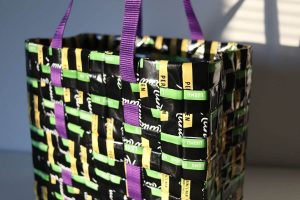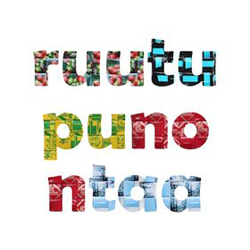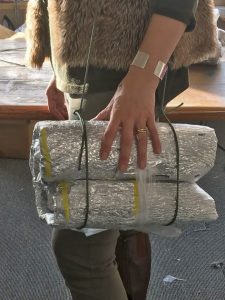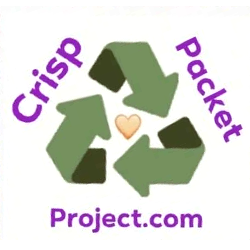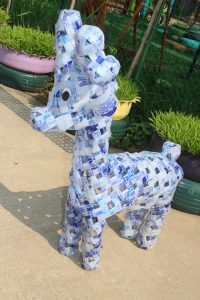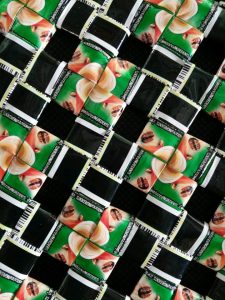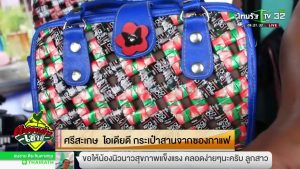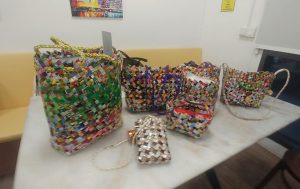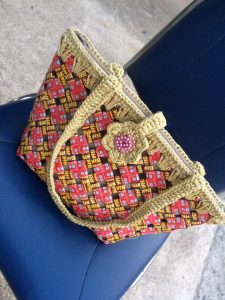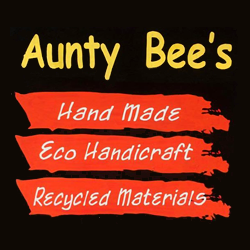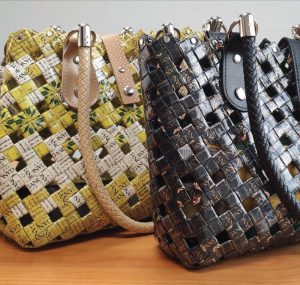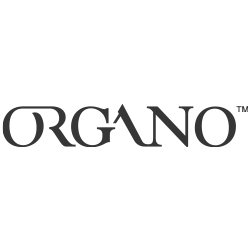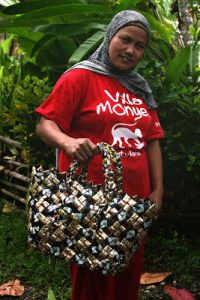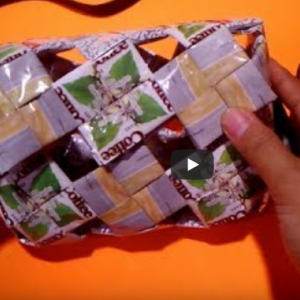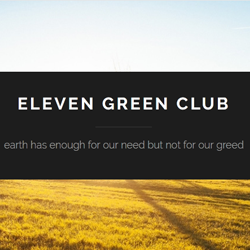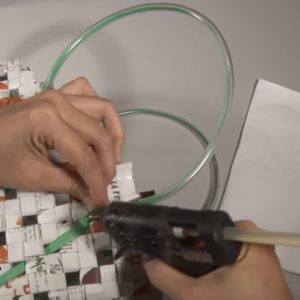Category: Metallised Film
A.K.A. Metallised Plastic Film, Metalized film, Plastic Foil, Foil bags, Aluminium-plastic laminate
Metallised films are polymer films coated with a thin layer of metal, usually aluminium. They offer the glossy metallic appearance of an aluminium foil at a reduced weight and cost. It increases the shelf life of a product by preventing air and moisture from permeating the surface. Metallised films are widely used for decorative purposes and food packaging, and also for specialty applications including insulation and electronics. You will find metallised plastic film in:
- Crisp packets/chip bags
- Chocolate wrappers
- Coffee sachets
- Wrapping paper and ribbons
- Helium balloons
- Tinsel
Many food items are packaged using metallised films for appearance only, as these produce a package with greater sparkle when compared to competing products that use printed paper or polymer films.
The Scrunch Test
The scrunch test is a really simple way of testing whether a product is made primarily from paper or if it is actually plastic coated in metal, which can look and feel a lot like paper or foil but is unrecyclable. This test is particularly useful on things like wrapping paper.
It works exactly like it sounds: simply scrunch the material into a ball in your hand, then open up your hand – if it has kept its shape, it can be recycled. If it expands back out again, it is not recyclable. The scrunch test works because metal and paper are stronger than plastic film so will hold their shape when scrunched if there is not too much plastic.

 Recycling
Recycling Properties
Properties
